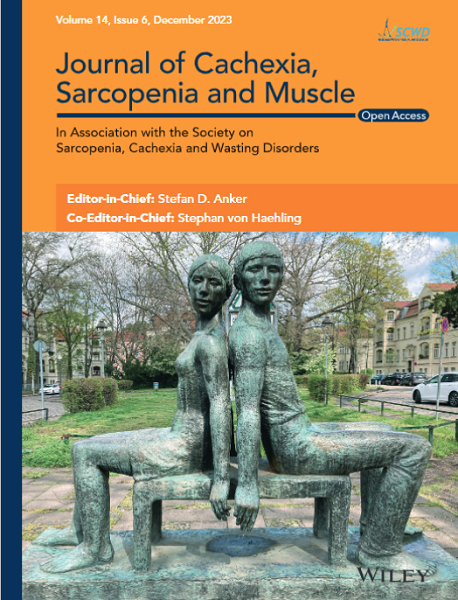An Attention-Aware Multi-Task Learning Framework Identifies Candidate Targets for Drug Repurposing in Sarcopenia
Abstract
Background
Sarcopenia presents a pressing public health concern due to its association with age-related muscle mass decline, strength loss and reduced physical performance, particularly in the growing older population. Given the absence of approved pharmacological therapies for sarcopenia, the need to discover effective pharmacological interventions has become critical.
Methods
To address this challenge and discover new therapies, we developed a novel Multi-Task Attention-aware method for Multi−Omics data (MTA−MO) to extract complex biological insights from various biomedical data sources, including transcriptome, methylome and genome data to identify drug targets and discover new therapies. Additionally, MTA-MO integrates human protein–protein interaction (PPI) networks and drug-target networks to improve target identification. The novel method is applied to a multi-omics dataset that included 1055 participants aged 20–50 (mean (± SD) age 36.88 (± 8.64)), comprising 37.82% African-American and 62.18% Caucasian/White individuals. Physical activity levels were self-reported and categorized into three groups: ≥ 3 times/week, < 3 times/week and no regular exercise. Mean (± SD) measures for grip strength, appendicular lean mass (ALM), exercise frequency and smoking status (no/yes, n (%)) were 38.72 (± 8.93) kg, 28.65 (± 4.63) kg, 4.31 (± 1.79) and 30.81%/69.19%, respectively. Significant differences (p < 0.05) were found between groups in age, ALM, smoking, and consumption of milk, alcohol, beer and wine.
Results
Using the MTA-MO method, we identified 639 gene targets, and by analysing PPIs and querying public databases, we narrowed this list down to seven potential hub genes associated with sarcopenia (ESR1, ATM, CDC42, EP300, PIK3CA, EGF and PTK2B). These findings were further validated through diverse levels of pathobiological evidence associated with sarcopenia. Gene Ontology and KEGG pathways analysis highlighted five key functions and signalling pathways relevant to skeletal muscle. The interaction network analysis identified three transcriptional factors (GATA2, JUN and FOXC1) as the key transcriptional regulators of the seven potential genes. In silico analysis of 1940 drug candidates identified canagliflozin as a promising candidate for repurposing in sarcopenia, demonstrating the strongest binding affinity to the PTK2B protein (inhibition constant 6.97 μM). This binding is stabilized by hydrophobic bonds, Van der Waals forces, pi-alkyl interactions and pi-anion interactions around PTK2B's active residues, suggesting its potential as a therapeutic option.
Conclusions
Our novel approach effectively integrates multi-omics data to identify potential treatments for sarcopenia. The findings suggest that canagliflozin could be a promising therapeutic candidate for sarcopenia.


 求助内容:
求助内容: 应助结果提醒方式:
应助结果提醒方式:


